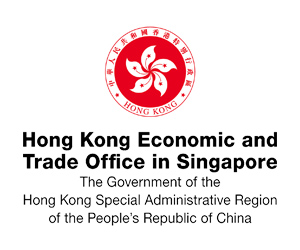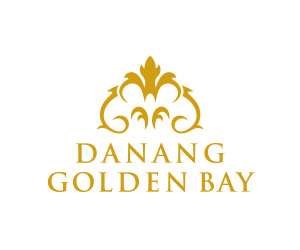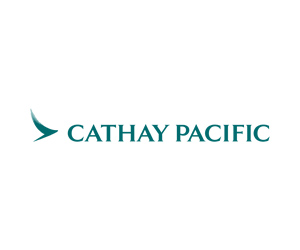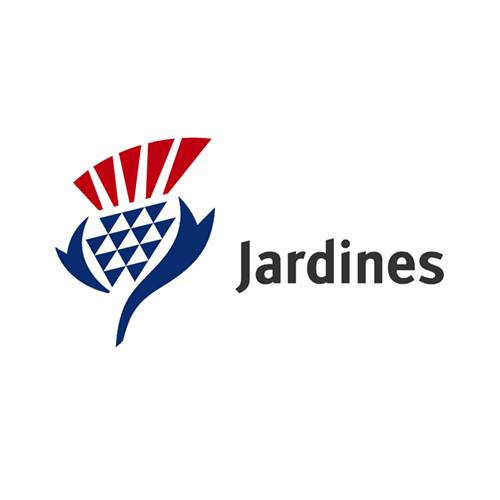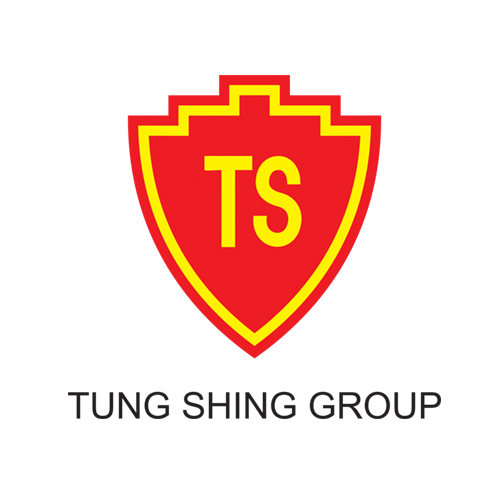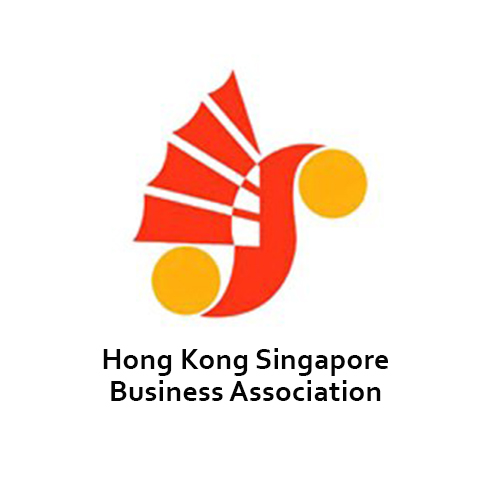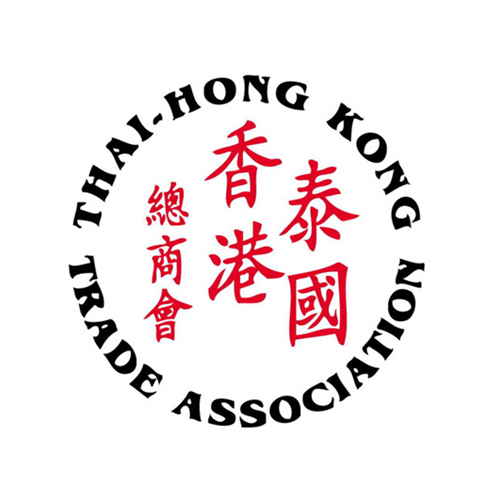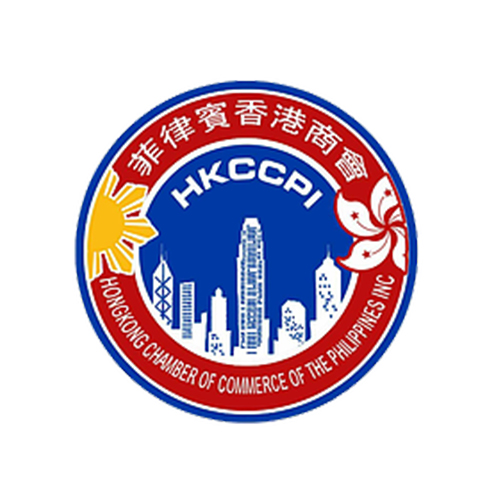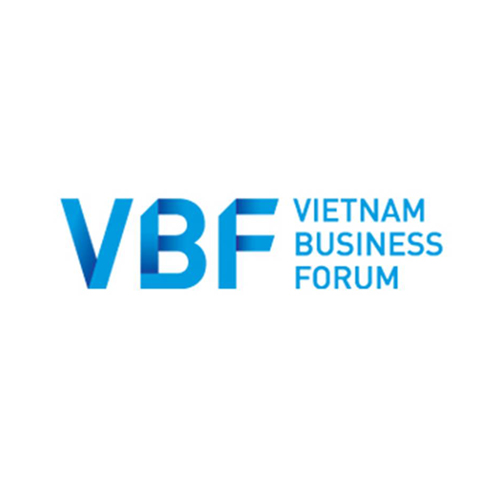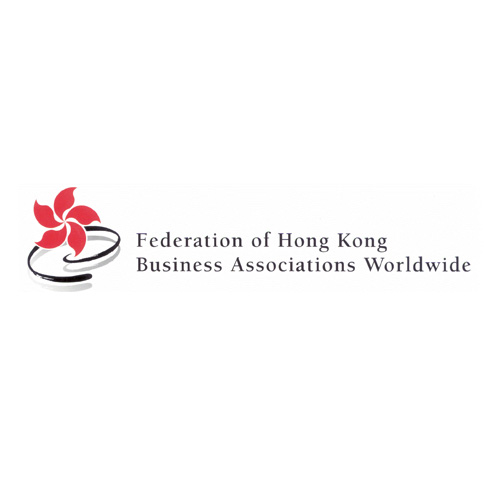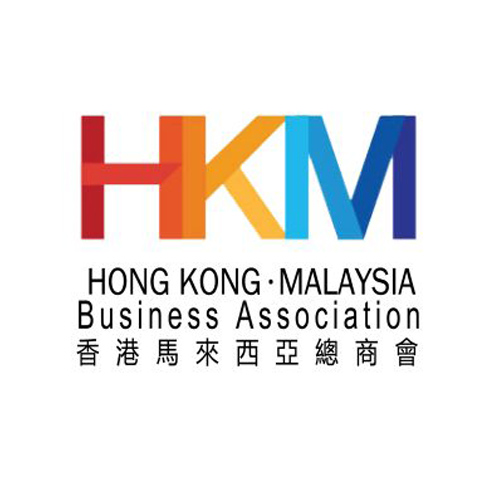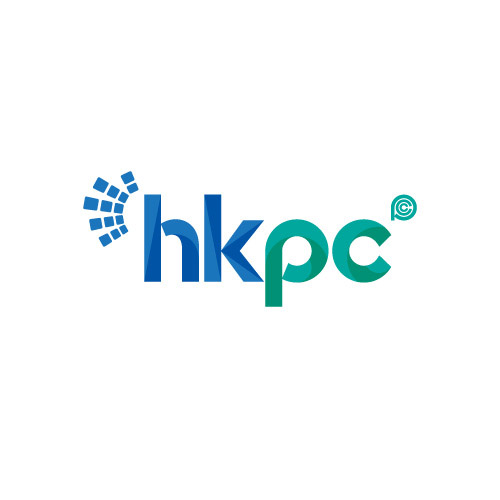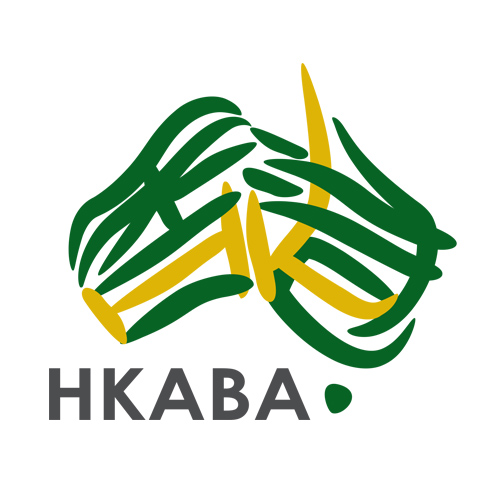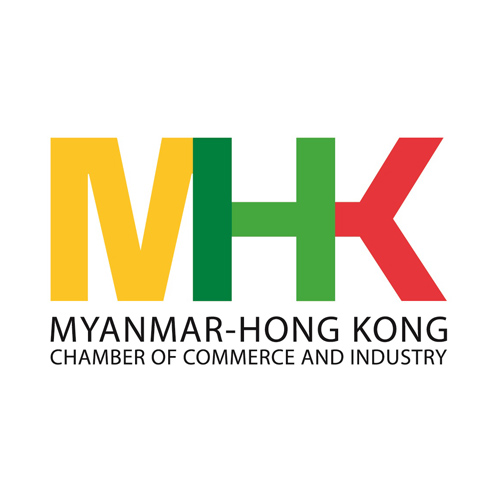Want to be in the loop?
subscribe to
our notification
Business News
GARMENT AND FOOTWEAR FIRMS WILL HAVE TO WAIT FOR EVFTA BENEFITS
Textile, garment and footwear products made in Việt Nam will not enjoy immediate tariff cuts after the EU-Việt Nam Free Trade Agreement (EVFTA) comes into effect, according to a report from Bảo Việt Securities Joint Stock Company (BVSC).
After the EVFTA comes into effect, Most Favoured Nation (MFN) tariffs will automatically replace the Generalised System of Preferences (GSP) rates which the EU has applied for developing and underdeveloped countries.
This means for the first few years of EVFTA's implementation, most local garment and footwear products will not benefit from the EVFTA because MFN rates for those products are higher than GSP rates of 9 per cent for garment products and 3-4 per cent for footwear products at present.
Specifically, most apparel products that Việt Nam has been exporting to the EU will see export tariffs eliminated gradually from the MFN tariffs of 12 per cent to zero in 3-7 years after the EVFTA comes into effect. Similarly, footwear products will be exempt from MFN tariffs of 12.4 per cent in 3-7 years.
Those that will enjoy the immediate tariff cut are products which are not Việt Nam's major exports to the EU such as fibre to make clothes and other materials to produce footwear.
In the footwear sector, the EU has pledged to eliminate 37 per cent of tariff lines for local footwear products exported to the EU as soon as the FTA enters into force. They include rubber/plastic waterproof shoes, slippers, raw materials and accessories.
However, when the tax cuts take effect, Vietnamese footwear, textile and apparel enterprises will benefit significantly from EVFTA because the tariff preferences under the EVFTA are stable, while GSP tariffs are volatile and can be changed annually, according to the BVSC report.
Besides, most countries that export textile and garments to the EU don't have FTAs with the EU, so if Vietnamese enterprises meet origin requirements, the EVFTA will open a great opportunity for Việt Nam’s footwear, textile and garment exports.
Rules of origin
Under the deal, Việt Nam's footwear, textile and garment industries will have to make changes to meet origin conditions and take advantages of preferential tariffs.
For the textile and garment industry, fabrics used to make the products must originate from Việt Nam or the EU, and the cutting and sewing stages must be performed in either the bloc or Việt Nam.
Despite this, the EVFTA has some flexibility on product origin. For instance, local garment firms can use fabric imported from countries that have signed FTAs with the EU and Việt Nam, like the Republic of Korea (RoK).
Although the rules of origin in the EVFTA are not as strict as in the Comprehensive and Progressive Agreement for Trans-Pacific Partnership (CPTPP), Vietnamese firms still face several challenges because most of them have just engaged in cutting and sewing steps while not producing fabric and yarn.
In addition, main production materials (fabrics) that most Vietnamese textile enterprises use originate from mainland China and Taiwan, which do not have trade deals with the EU.
Therefore, according to BVSC, to gain full benefits from the EVFTA, Việt Nam must focus on developing the textile industry and the support industry for the textile and garment sector to supply enough materials for it.
Otherwise, Việt Nam will have to increase more fabric imports from the RoK to make use of the trade pact with the country, pending the supporting industry’s development. Under the EVFTA, companies can also import materials from Europe to improve their products’ quality and value.
Vũ Đức Giang, chairman of Việt Nam Textile and Apparel Association, said Việt Nam had signed 16 FTAs with many countries and territories. Of which, 12 have come into effect and have boosted import-export turnover, with textile and garment a sector that takes full advantage of FTAs.
According to the EVFTA, industries such as textile, garment and footwear will benefit most with export revenue increasing by 13.49 billion euros (US$15.23 billion) by 2035.
Giang said the EVFTA promised apparel export potential of more than $100 billion annually.
The association believes the export target of $40 billion for 2019 is achievable, thanks in part to FTAs, including the one with the EU - the second biggest market for Vietnamese textile and garment products.
Source: VNS
Related News
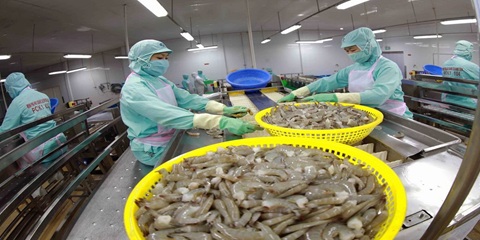
VIETNAM’S SEAFOOD EXPORTS HIT OVER US$10 BILLION IN JAN-NOV
Seafood export revenue in November alone amounted to nearly US$990 million, up 6.6% year-on-year. Key product groups posted solid gains. Shrimp exports rose 11.7% to over US$385 million, supported by strong demand for whiteleg shrimp and lobster. Tra fish shipments increased 9.7% to almost US$197 million, while marine fish, squid, and mollusk exports maintained their recovery.

VIETNAM’S AGRO-FORESTRY-FISHERY EXPORTS HIT NEW RECORD IN JAN-NOV
Vietnam’s agro-forestry-fishery export revenue reached an estimated US$64.01 billion in the first 11 months of 2025, up 12.6% year-on-year and surpassing the full-year record of US$62.4 billion set in 2024. Agricultural exports reached US$34.24 billion, up 15% year-on-year, while livestock products brought in US$567.4 million, a 16.8% increase. Seafood exports rose 13.2% to US$10.38 billion, and forestry products earned US$16.61 billion, up 5.9%.

HANOI REPORTS RECORD-HIGH BUDGET REVENUE IN 2025
Hanoi’s budget revenue is estimated to reach VND641.7 trillion in 2025, the highest level ever recorded and nearly 25% above the revised target, according to a report by the municipal government. Data from the city’s socioeconomic performance review shows that total state budget collections in 2025 are projected to reach 124.9% of the adjusted plan and rise 24.9% from 2024, the Vietnam News Agency reported.
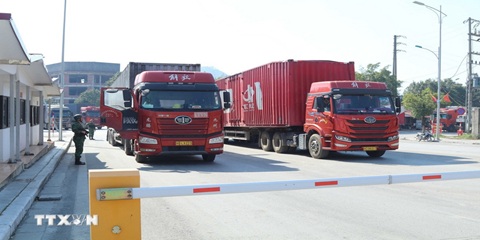
VIETNAM, CHINA TO PILOT TWO-WAY CARGO TRANSPORT AT LANG SON BORDER
Vietnam and China will launch a one-year pilot program on December 10 to allow two-way cargo transport through the Huu Nghi–Youyi Guan international border gates in Lang Son Province, reported the Vietnam News Agency. The Dong Dang-Lang Son Economic Zone Management Board said the trial aims to reduce transport costs and improve customs clearance capacity.
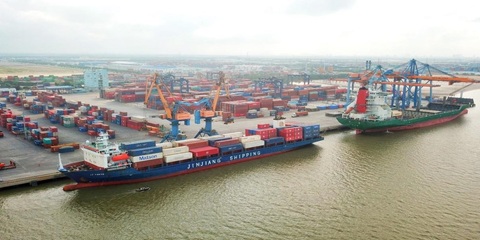
VIETNAM’S IMPORT-EXPORT VALUE NEARS US$840 BILLION IN JAN-NOV
The total value of Vietnam’s imports and exports was nearly US$840 billion between January and November this year, the highest level ever recorded, according to the National Statistics Office. In its latest report on the country’s socio-economic performance, the National Statistics Office highlighted a series of positive economic indicators, with trade emerging as one of the strongest drivers of growth.

OVER 19 MILLION INTERNATIONAL VISITORS COME TO VIETNAM IN JAN-NOV
Vietnam received more than 19.1 million international visitors in the first 11 months of 2025, a 20.9% increase year-on-year and the highest level ever recorded, according to the National Statistics Office. The figure surpasses the full-year record of 18 million arrivals set in 2019, before the Covid-19 pandemic. Nearly two million foreign visitors arrived in November alone, up 14.2% from October and 15.6% from the same period last year.
